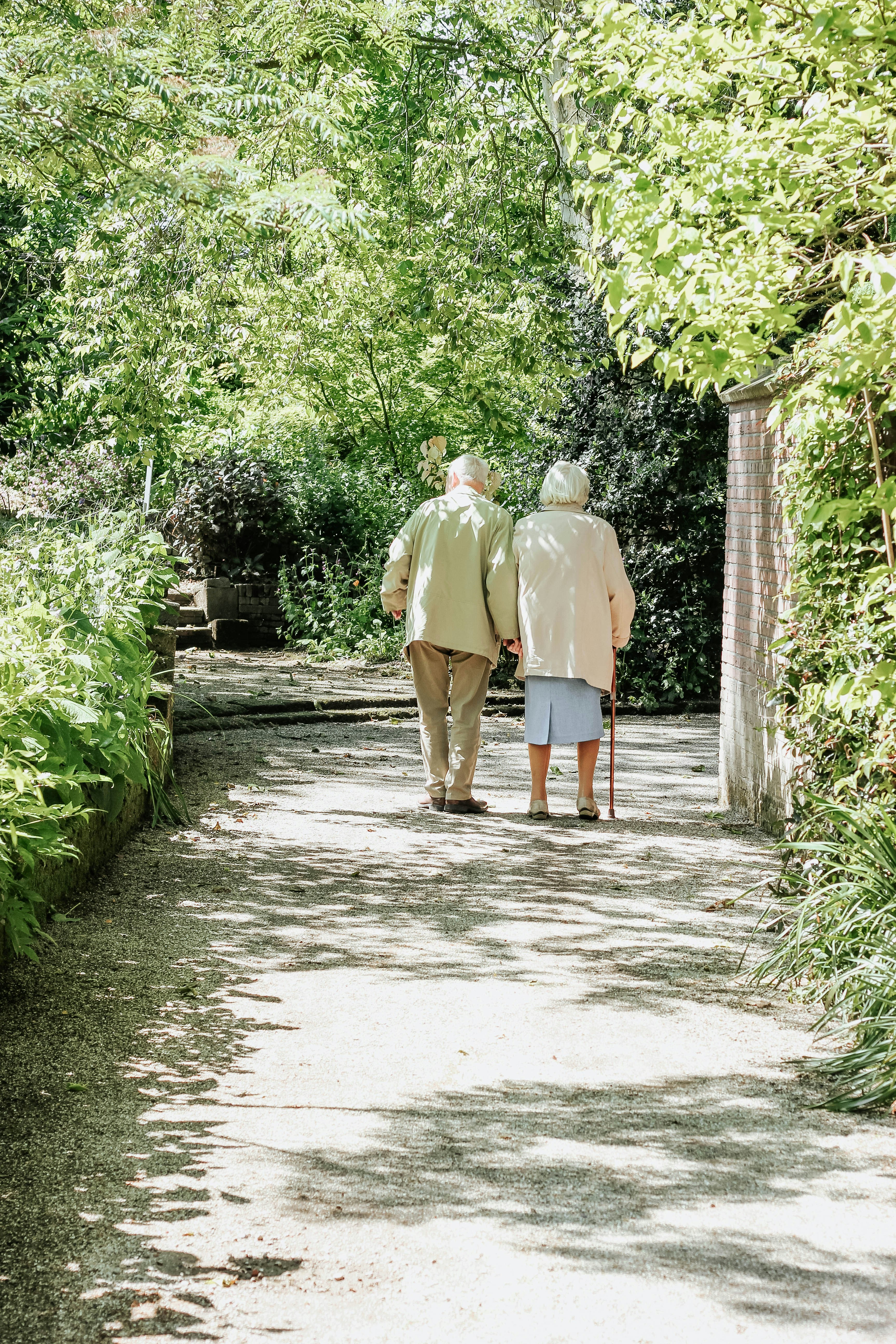Media release
From:
Genetics of the oldest human
A supercentenarian who lived to be 117 years and 168 days had a microbiome and epigenome characteristic of a younger biological age and carried gene variants associated with longevity, immune function, and cardiovascular and brain health.
Attachments
Note: Not all attachments are visible to the general public. Research URLs will go live after the embargo ends.

Journal/
conference: Cell Reports Medicine
conference: Cell Reports Medicine
Research:Paper
Organisation/s:
Josep Carreras Leukaemia Research Institute, Spain
Funder:
Research in the M.E. group is funded by the CERCA Programme/Generalitat de Catalunya (MCIN/AEI/10.13039/501100011033/); the European Regional Development Fund, ‘‘A way to make Europe’’ ERDF (project
PID2021-125282OB-I00); Departament de Recerca i Universitats/Generalitat de Catalunya (2021 SGR 01494); European Union under THRIVE grant agreement no. 101136622; ‘‘La Caixa’’ Research Foundation; and the
Cellex Foundation (CEL007). E.S.-P. is a fellow of the Spanish Ministry of Science, Innovation and Universities, under FPI contract no. PRE2022105015. G.F. is a recipient of Ayuda Investigador AECC 2023 (INVES234765FERR), Fundacio´ n Cientı´fica AECC. C.Q.-D. is a fellow of the Spanish Ministry of Science, Innovation and Universities, under FPU contract no. FPU22/01655. E.M.’s work in this publication was supported by the Ramo´ n y Cajal fellowship RYC2021-032359-I, funded by the Spanish Ministry of Science and the Catalan Agency for Management of University and Research Grants (AGAUR, 2021 SGR 01586). Research in the A.N. group is supported by the I+D+i project PID2021-127792NB-I00, funded by MCIN/AEI/10.13039/501100011033 (FEDER Una manera de hacer Europa), and ‘‘Unidad de Excelencia Marı´a de Maeztu,’’ funded by the AEI (CEX2018-000792-M) and Departament de Recerca i Universitats de la Generalitat de Catalunya (GRC 2021 SGR 0467). Research in the M.D.MQ10 . group is funded by the Departament de Recerca i Universitats/ Generalitat de Catalunya (2021 SGR 01366). Research in the S.M. group was supported by the Instituto de Salud Carlos III (PI20/00328) and the M. C. Andreu Memorial Fund. J.R.-B. was supported by a doctoral grant from the Universitat Oberta de Catalunya. Research in the M.B. laboratory is funded by the European Union, project ERC-AvG Shelterins (GA 882385), Horizon 2020 Programme. The mass spectrometry work was supported by theQ11 John and Lucille Van Geest Foundation and the National Institute for Health and Care Research Leicester Biomedical Research Centre.



 International
International


